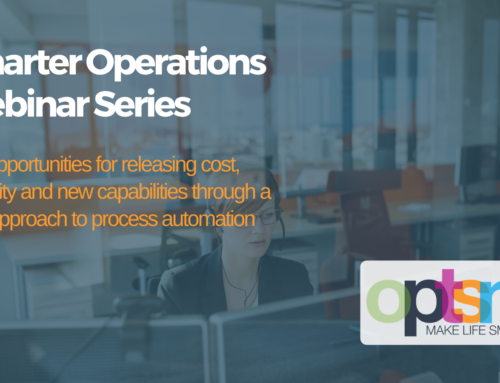Companies with Legacy Technology – systems that have been in place for many years – find change tougher. But does that need to be the case?
Legacy platforms support key processes and hold tremendous amounts of data – without which the organisation cannot function. Moving away from them is risky, expensive and time consuming. As we discuss in our Productivity Lock report – a high proportion of those projects that seek to replace those systems fail.
But Legacy systems are frequently limited. They are inflexible and the world has moved on considerably since they were considered cutting edge.
They become a blocker of productivity and agility. A recent report shows that 48% of UK employees are wasting 3 hours or more / day due to inefficient systems.
Digging further into what is happening at the front line is extremely revealing. More than a third of employees say their employer is still reliant on manual administration processes. From the same research we see that:
- 26% of an employee’s day will be wasted on avoidable administrative chores
- For 40%, administrative chores were preventing them from completing core tasks
- 39% said that as a result they regularly felt unhappy with the quality and quantity of their work output during the day.
Another study shows that more than half of UK employees are dissatisfied with workplace technology.
In our Productivity Lock Report we establish that these pain points all add up to a cost equivalent to 30% of back office costs.
Does it have to be this way?
The symptoms provide a clue to the cure. The results of legacy technology and systems that do not properly integrate are:
- People acting as the bridge between applications and processes
- Eyes on twin-screens and fingers on keyboards – moving information between email, spreadsheets and operational systems to make core business functions happen
Big banks, utility companies, government departments and major retailers have successfully deployed Robotic Process Automation – software robots that access systems directly in the same way as a human user – to make huge cost savings. This automates the repetitive, mundane activities and releases human resource.
Unfortunately the economies of scale available to a bank or utility company and their ability to absorb up-front investment is out of reach for the smaller organisation. Investment in consultancy, software and infrastructure is also unlikely to achieve payback immediately.
But accessing this technology via a different delivery model provides a smarter solution. ‘Micro-outsourcing’ to a software robot on a pay-per-process model allows an organisation to:
- Employ a robot to execute specific tasks – based on a clear business case
- Start small and scale fast
- Release humans from the unnecessary admin tasks created by legacy systems
- Increase speed, accuracy and agility
- Create capacity for change and growth
Consider two examples in these small organisations’ operations hubs;
Example 1: Manual Handling of Job Requests in an Operations Hub – faster, more accurate processing and a greater than 3x return on investment achievable within months.
Example 2: Pricing and Quote Generation in a B2B Sales Call Centre






Leave A Comment